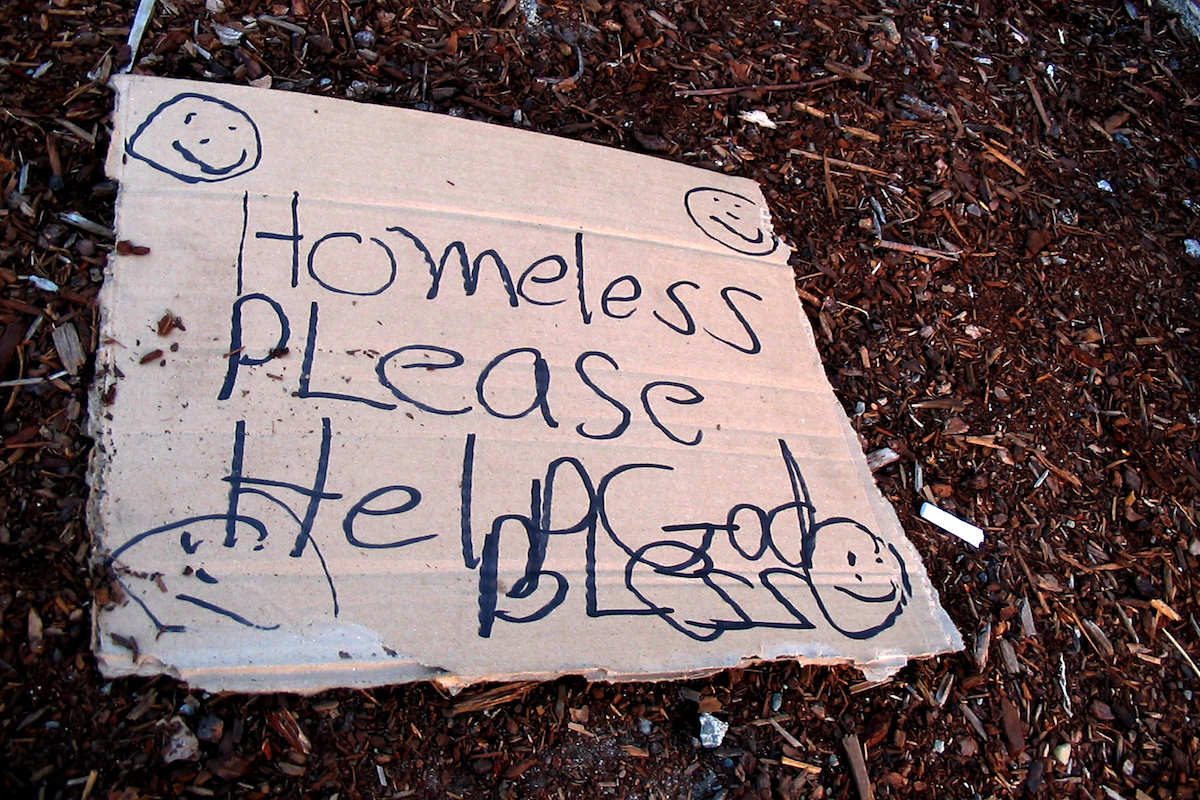
Not too long ago, a local radio station discussed the homeless problem in Seattle. A guest on the show discussed how homeless people were affecting her business.
“When we come to work in the morning, there are bodies in front of the store door…there are people sleeping there, there are lots of hypodermic needles, food, defecation, all kinds of stuff.”
At that point, I had to turn off the radio. I drove to work that morning wondering how the situation had gotten so bad that people discuss homelessness like it’s some kind of disease or epidemic.
Local business owners or city police departments have all placed the homeless problem in a very similar mindset: you’re homeless, just don’t be homeless here. This perspective makes them the members of a modern-day caste system, a class of untouchables meant to be swept out of the way.
My friends and colleagues are not exempt. Many of them have offered the perspective that people who are homeless simply need to take advantage of the resources around them to pull themselves by their bootstraps and reintegrate with civilized society. Get a job, find a place with a few other people and move on from there. That should settle the issue, right?
Well, not exactly.
The theory that homeless people are homeless because they choose to be — and simply need to choose to seek the help that’s available — is dismissive victim-blaming. The theory of upward mobility only functions so far as there is a system or path by which people can move up.
I grew up in South Seattle in a low-income housing complex run by the Seattle Housing Authority. This housing can have waitlists from one to six years depending on location. The one where I lived had had a three- to four-year wait time.
For my family, it was down to the wire. We got word that we got a place in the housing authority’s two weeks before we would have been evicted for non-payment of our rent. If it came any later than that, we would have been homeless. Through the housing program, my family’s rent was as low as $50 a month while my dad went through worker retraining.
That process of retraining enabled my dad to get a job in IT which enabled us to buy a house after a few years. I often credit the program run by the Seattle Housing Authority as my safety net from homelessness. Without that stability from the housing assistance, I would not have been able to go to school and work at a Fortune 500 company.
What if we had lost home before receiving assistance for housing? That could have led to slipping into a downward spiral.
If we had become homeless, we would have remained on that waiting list. However the notification that you can get housing comes by mail. You can’t get mail without an address. You can’t get an address without a place to live. When I was growing up, post office boxes required people to have home addresses so that wasn’t an option if you lost your home (this has since changed and people without permanent homes may now receive mail through the U.S. Postal Service).
Without an address, you fall out the bottom of the system. Once you’re out of the system, it becomes harder to get help from public programs.
Once you fall out the bottom of what the system formally offers, it becomes a game of survival and finding available opportunities for continuing your existence. The burden of finding these opportunities is on top of any other issues a person may face — sickness, alcohol or drug use, or exploitation.
We need to begin prioritizing the issue of homelessness not as a way of pushing people out of the way, but providing a means for people to lift themselves back up into a home, career, and respectable existence.
We could expand the programs offered by Seattle Housing Authority and the federal Housing and Urban Development, offer work training opportunities and career apprenticeships that give people a chance to develop themselves and create government programs and infrastructure that supports people who have fallen out the bottom of the system.
Better yet we can develop ways for police and local businesses — who often come into direct contact with the homeless — to guide people who end up on the streets to services that could help their situations. It’s better than simply moving them to the next location.
Homeless people are people. It’s a fact we seem to commonly forget. As Americans, we fantasize about the American Dream of upward mobility. That dream should be achievable no matter how far down the ladder you are.

